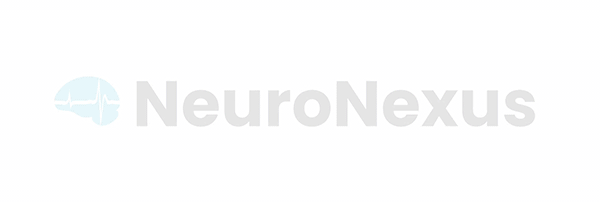Back to School Sale – Ending September 19th
This is a great chance to get premium research tools at a discounted price – reply directly to this email, reach out to your NeuroNexus representative, or contact us here to inquire.
-
20% off A-Stock probes
-
30% off already discounted B-Stock probes
Browse the inventory here: https://shopping.neuronexus.com/Web-Store/Outlet-Store
Science Updates
Want to see how other researchers are using NeuroNexus products?
Did you know that if you navigate to any product on our website, you can view publications using that product with the Bioz plug-in? Give it a try by following this link → https://www.neuronexus.com/products/
Once you select a product, scrolling to the lower portion of the page will show you a list of publications – making it easy to explore how other scientists are using NeuroNexus arrays, systems, and software in real-world research. Explore Bioz
Predictive modeling of hemodynamics during viscerosensory neurostimulation vie neural computation mechanism in the brainstem
Lee et al., 2025, npj Digit.
The team explored how the brainstem’s nucleus tractus solitarius (NTS) translates sensory stimulation into changes in blood pressure and heart rate. They found that groups of NTS neurons follow clear activity patterns that can be used to predict cardiovascular responses. They used a NNx A1x16-Poly2 silicon probe. Read the study here

The dorsal and ventral hippocampus contribute differentially to spatial working memory and spatial coding in the prefrontal cortex
Babl et al., 2025, PLOS Biology
Researchers investigated how the dorsal and ventral hippocampus differentially contribute to spatial working memory and shape spatial coding in the prefrontal cortex. They did this using the NNx dDrive-m microdrive and NNx silicon probes (A1X16-5 mm-25–177-H16_21). Read the study here

Employee Spotlight: Engineering Tech Russ Monk!
This month we’re featuring Russ Monk, our awesome Engineering Tech. We’ve been lucky enough to have his expertise on the NeuroNexus team for 16 years!
Here at NeuroNexus, Russ is responsible for engineering all of the new designs and updates for PCBs, mounting IC chips on Smart Probes and Headstages, as well as assembling and testing the Smartbox Pro and Activus units. When asked about his favorite part of the job, he replied “the people I work with. I also hope we can help with understanding the brain better and the diseases that unfortunately are hinderances to people in everyday life”.
Outside of work, Russ enjoys camping – “we have done the progression of starting out in small campers to now being considered ‘Glampers'”, he says. He’s visited many beautiful places in Michigan and across the US (fun fact – he’s swam in all 5 Great Lakes!) He cites some of his favorite movies to be comedies; Animal House, Caddyshack and We’re the Millers. “On a more serious note,” he says, “Shawshank Redemption”.
We’re grateful to Russ for his 16 years of expertise, dedication, and humor – and we’re proud to have him as part of the NeuroNexus family.


Coming soon…
For more than 20 years, NeuroNexus has been the leader in developing novel solutions for unique research requirements. With decades of collective experience, our team is always working to expand our product portfolio.
As SfN 2025 approaches, we’re excited to share the innovations we’ve been working on this year. Join us in San Diego to see our newest products and collaborations firsthand – and book time with our team now to explore how NeuroNexus can help take your science further.

















